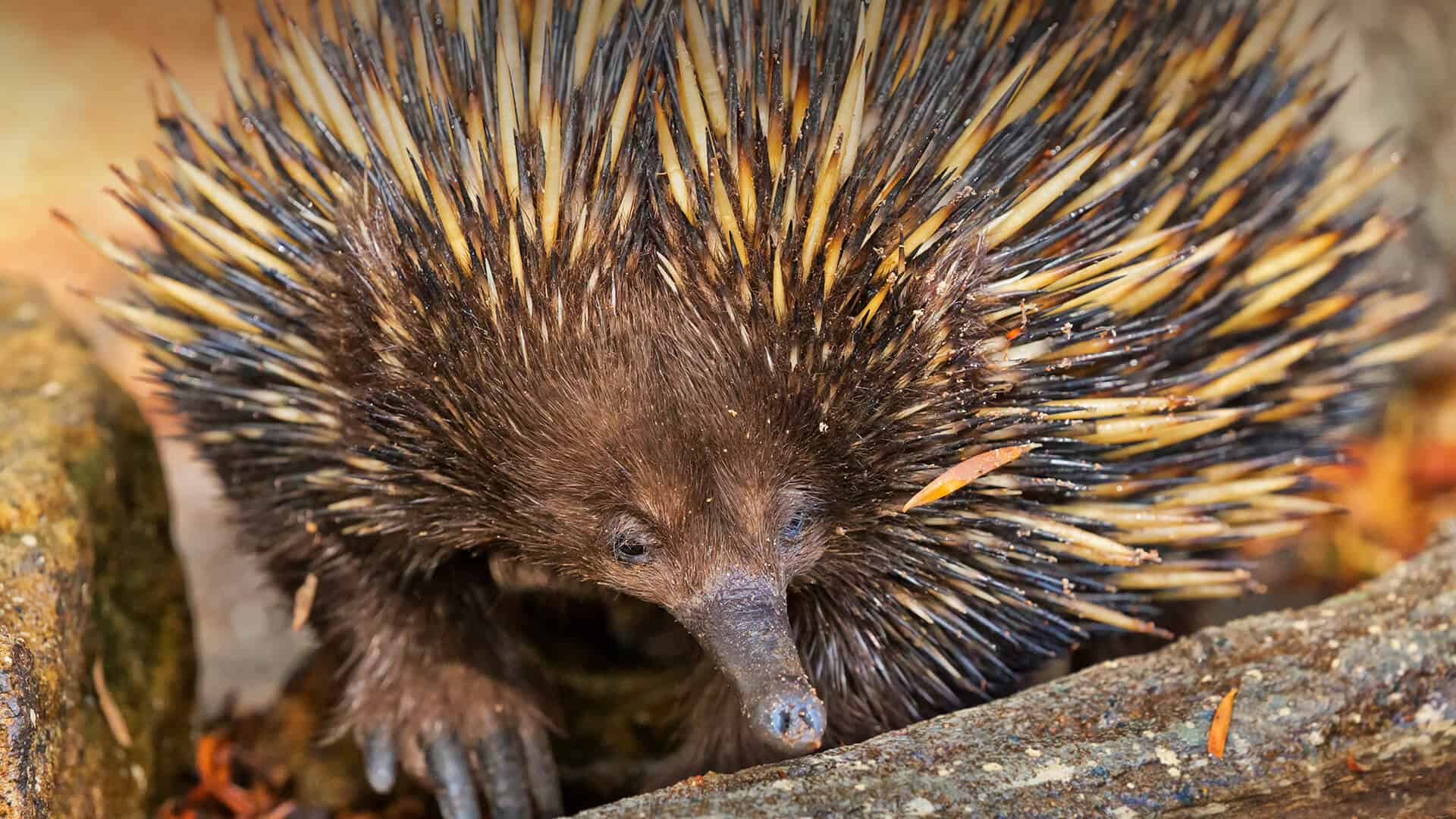Introduction to Echidnas: The Spiky Wonders of the Animal Kingdom
Hello there, awesome parents! Are you ready to explore one of nature’s most intriguing creatures with your little ones? Well, buckle up because we’re about to embark on a spiky adventure into the world of echidnas! These fascinating animals are not only a wonder to study but also provide a unique learning opportunity for your children. So let’s get the ball rolling and turn your curious kids into mini wildlife experts!
What is an Echidna?
First up, what exactly is an echidna? Often dubbed as the spiny anteater, the echidna is a mammal that is unique to Australia, Tasmania, and New Guinea. They’re most famous for their impressive coat of spines, which are actually modified hairs (pretty cool, right?). But there’s more to these creatures than just their pointy appearance.
Meet the Monotreme Family
Echidnas are part of a special group of mammals called monotremes. What sets monotremes apart from other mammals? They lay eggs! Yes, you heard it right. While most mammals give birth to live young, echidnas and their cousin the platypus are the only mammals that lay eggs. This unique characteristic will surely surprise and delight your inquisitive offspring.
Fascinating Echidna Facts to Share with Your Kids
- Superb Sniffers: Echidnas have long, slender snouts that act as both nose and mouth. They have an amazing sense of smell that helps them find their food, which mainly consists of ants and termites.
- Electroreception: Did you know that echidnas can sense electrical signals? This is another awesome feature that you can discuss with your kids. They use this ability to locate their prey, which is hiding underground.
- Spine-tingling Defense: When threatened, echidnas use their spines as a defense mechanism. They curl up into a ball, making it difficult for predators to get a hold of them without getting a prickly surprise!
- A Slow and Steady Pace: Echidnas aren’t in any rush. They have short, strong limbs and claws designed for digging, not for speed. Their leisurely pace makes it easier to study them in their natural habitat.
Now, isn’t this just the beginning of a wondrous story to tell? But wait, there is so much more under those spines and in that peculiar beak! Dive deep into the echidna’s habitat, diet, and lifestyle in the following sections as we unravel the mysteries of these extraordinary mammals together.
Echidna Habitat: Where Do These Spiny Creatures Live?
So where can one find these enigmatic echidnas? Echidnas are quite adaptable and thrive in a variety of environments. From the arid deserts to the snowy mountains, these creatures can survive in most places as long as food is available. Teach your kids about the importance of biodiversity and how animals like the echidna play a crucial role in their ecosystems. Not to forget, discussing their habitats is also a great way to introduce your children to different geographical landscapes and climatic zones!
As we spin the yarn further, uncovering layer after layer of the phenomenal world of echidnas, your children’s imagination will ignite, and their understanding of this unique animal will deepen. So stay tuned for more as we dig deeper into the life of echidnas, from their elusive breeding habits to their conservation status and how we can help protect these wonderful creatures.
To be a super parent-guide on this educational journey, don’t forget to make the learning interactive and packed with fun facts. After all, when it comes to teaching kids about nature, it’s all about bringing the excitement and wonder of the wild into your living room!
Ready to learn more about echidnas and share this incredible knowledge with your kiddos? Keep on reading as we continue to unveil the fascinating secrets of the echidna’s life and how we can all play a part in safeguarding their future. Let’s foster a love for wildlife in the young minds and hearts of our children, one spiny step at a time!

5 Things Parents Should Know When Preparing for “Echidna Talk” with Kids
Understanding Echidna Behavior
Before you start your family’s echidna exploration, let’s delve into some echidna basics that will help you craft the perfect wildlife narrative for your youngsters:
- Activity Patterns: Echidnas are crepuscular to nocturnal. This means they are most active during the early morning and late afternoon into the evening. A fun activity could be to “act like an echidna” during these times at home, foraging around for a tasty snack (just like echidnas search for ants and termites).
- Baby Echidnas are Puggles: Wait until you tell your kids that baby echidnas are called ‘puggles’. This cute fact is sure to capture their hearts! Explain that puggles hatch from eggs and are carried around in their mother’s pouch for up to two months.
- Hibernation Tactics: In colder regions, echidnas hibernate during winter. Talk to your children about the importance of hibernation, and consider making a game of pretending to hibernate and then “wake up” in spring.
- Quirky Diet: Echidnas have no teeth! They capture their food with a long, sticky tongue that can flick in and out quite fast. A great conversation starter could be about different ways animals eat and how they have adapted to their diets.
- Unique Breeding Season: The echidna breeding season usually occurs between June and September. During this time, female echidnas will lay a single leathery egg directly into their pouch where it will incubate before hatching. Breeding season is a great time to teach kids about the life cycle of echidnas and the diversity of animal reproduction.
Echidna Conservation and Protection
The well-being of echidnas is also something to impart to our young wildlife enthusiasts. This includes:
- Discussing human impact on echidna habitats, such as land development and pollution.
- Teaching kids the significance of conservation efforts to protect echidnas and their natural environment.
- Encouraging participation in local wildlife protection programs or “adopt an animal” schemes that often contribute to conservation research.
Now that you’re equipped with these key echidna conversation starters, it’s almost time to dazzle your family with impressive echidna know-how. Just remember, the goal is not only to teach about echidnas but also to foster a lifelong respect and love for wildlife.
Creating an Echidna-Friendly Learning Environment at Home
Creativity is key when it comes to making learning fun. Here are a few ideas:
- Use arts and crafts to create echidna pictures or models. This helps kids remember their features and habitat.
- Create a mini nature documentary viewing session at home with videos of echidnas in the wild.
- Organize a themed story-time with books about echidnas and their Australian backdrop.
With your enthusiasm and these insightful echidna-facts in your teaching toolkit, your kids are set for a spiky yet delightful learning adventure. Let the echidna exploration begin!
For more great fun click here. For more information see here
Disclaimer
The articles available via our website provide general information only and we strongly urge readers to exercise caution and conduct their own thorough research and fact-checking. The information presented should not be taken as absolute truth, and, to the maximum extent permitted by law, we will not be held liable for any inaccuracies or errors in the content. It is essential for individuals to independently verify and validate the information before making any decisions or taking any actions based on the articles.




